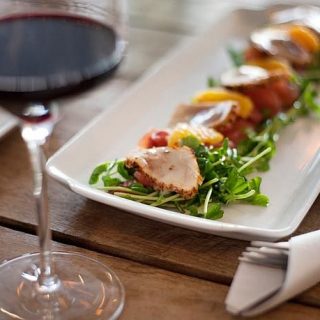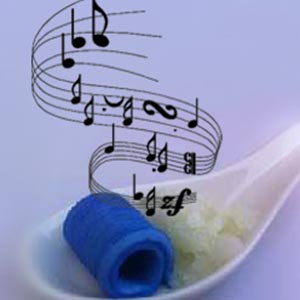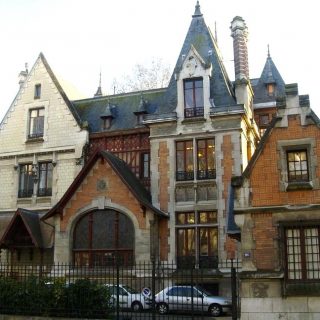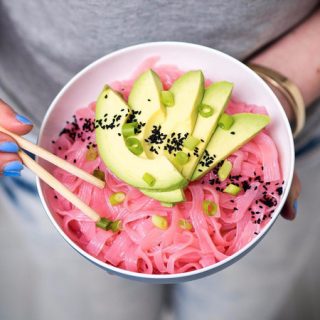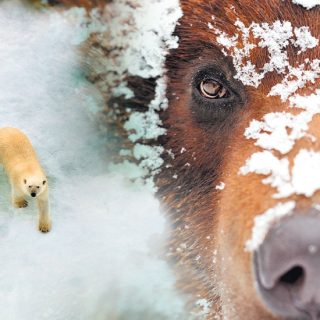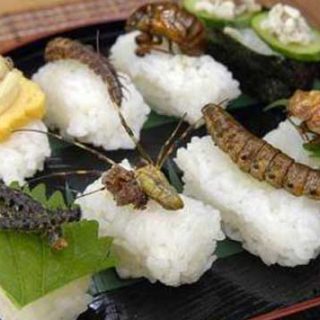 After long weeks of boring, perhaps spoiled sea rations, one of the first things Spaniards sought in the New World was undoubtedly fresh food. Probably they found the local cuisine strange at first, but soon they were sending American plants and animals around the world, eventually enriching the cuisine of many cultures.
After long weeks of boring, perhaps spoiled sea rations, one of the first things Spaniards sought in the New World was undoubtedly fresh food. Probably they found the local cuisine strange at first, but soon they were sending American plants and animals around the world, eventually enriching the cuisine of many cultures.
Drawing on original accounts by Europeans and native Americans, this pioneering work offers the first detailed description of the cuisines of the Aztecs, the Maya, and the Inca. Sophie Coe begins with the basic foodstuffs, including maize, potatoes, beans, peanuts, squash, avocados, tomatoes, chocolate, and chiles, and explores their early history and domestication. She then describes how these foods were prepared, served, and preserved, giving many insights into the cultural and ritual practices that surrounded eating in these cultures. Coe also points out the similarities and differences among the three cuisines and compares them to Spanish cooking of the period, which, as she usefully reminds us, would seem as foreign to our tastes as the American foods seemed to theirs. Written in easily digested prose, America’s First Cuisines will appeal to food enthusiasts as well as scholars.
Table of Contents :
Preface
Introduction
1. Domestication
2. New World Staples
3. New World Produce
4. The Aztecs
5. Aztec Ingredients
6. Aztec Cooks and Menus
7. The Maya and the Explorers
8. Diego de Landa
9. Solid Maya Breadstuffs
10. Maya Flesh Food
11. Maya Produce
12. The Inca: Animal and Mineral
13. The Inca: Vegetable
14. The Inca
15. The Inca and the Europeans
16. The Occupation
17. A Final Banquet
18. Finale
Bibliography
Index
Order the book
Food 2.0 LAB in association with Amazon
Books by the same author –





